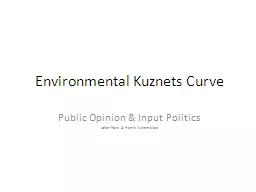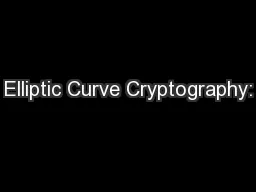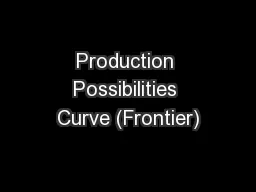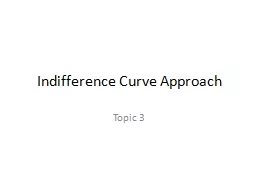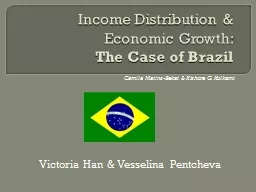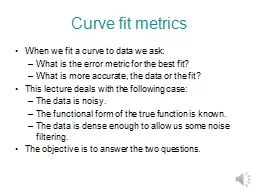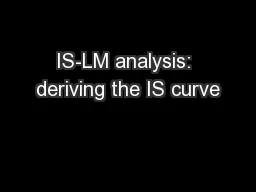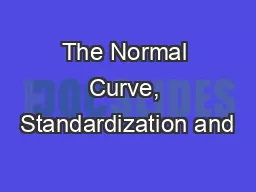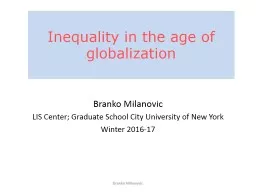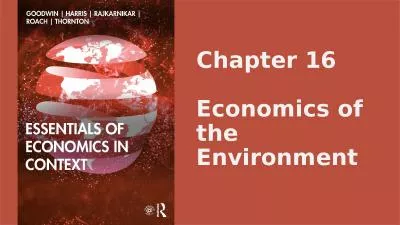PPT-Environmental Kuznets Curve
Author : karlyn-bohler | Published Date : 2017-04-08
Public Opinion amp Input Politics Johan Rock amp Henrik Werenskiold EKC Theory The relationship between environmental degradation and economical growth GDP per
Presentation Embed Code
Download Presentation
Download Presentation The PPT/PDF document "Environmental Kuznets Curve" is the property of its rightful owner. Permission is granted to download and print the materials on this website for personal, non-commercial use only, and to display it on your personal computer provided you do not modify the materials and that you retain all copyright notices contained in the materials. By downloading content from our website, you accept the terms of this agreement.
Environmental Kuznets Curve: Transcript
Download Rules Of Document
"Environmental Kuznets Curve"The content belongs to its owner. You may download and print it for personal use, without modification, and keep all copyright notices. By downloading, you agree to these terms.
Related Documents

